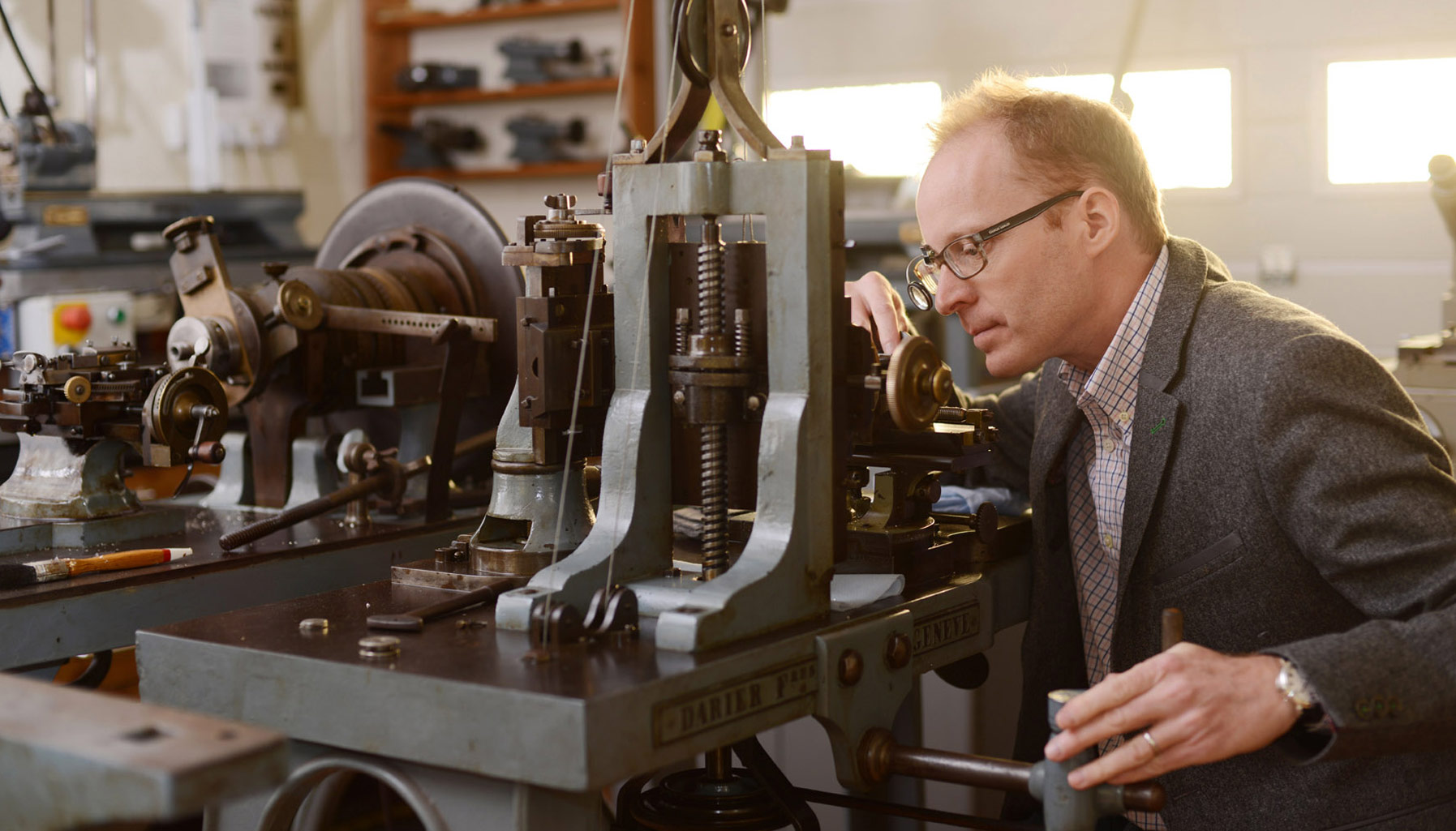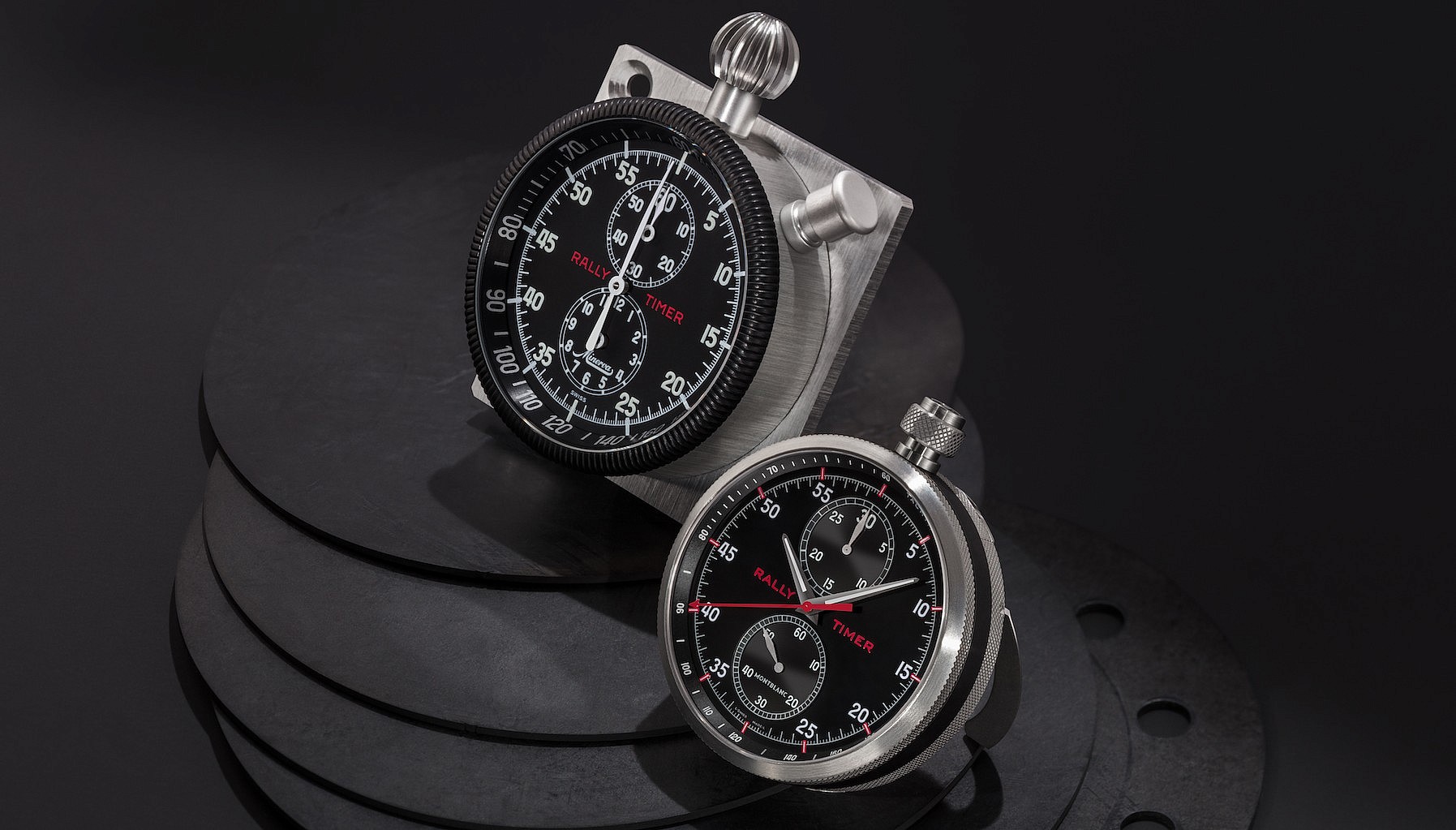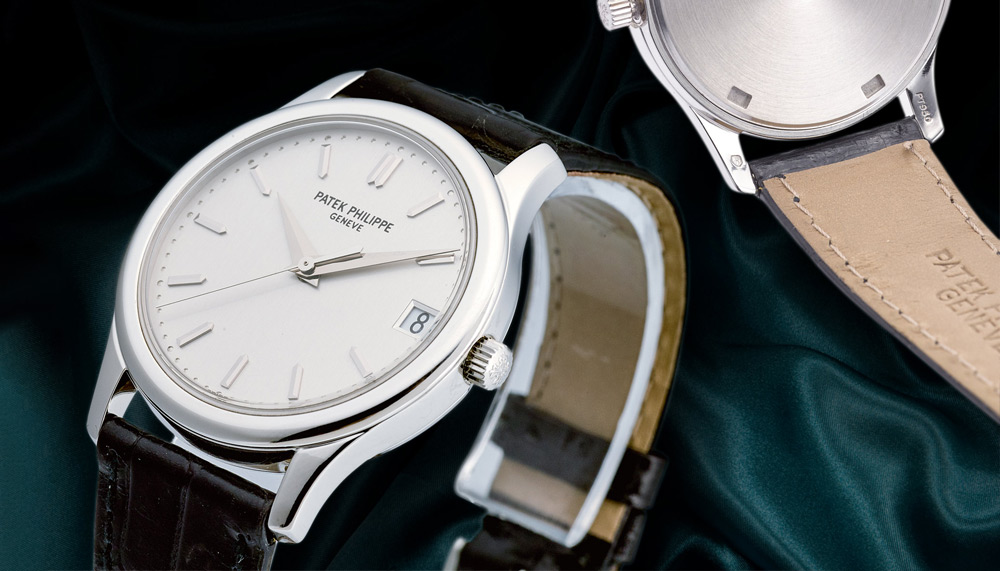A Legend in Time
Looking at the watchmaking industry today, it is difficult to imagine a time when the Swiss did not dominate. But believe it or not, Swiss watches as we know them owe their existence to the Brits. Just consider the number of watch components that can be credited to English inventors: the balance spring was created in 1664 by British architect and polymath, Robert Hooke; the self-winding mechanism can be attributed to Lancashire native John Harwood; the lever escapement, Thomas Mudge, who had a store on Fleet Street, London.
For the better part of the 1800s, British watchmakers produced around half of the world’s watches. Then came the 20th century and the quartz crisis. The quantity of British-made timepieces fell by half and the watchmaking industry collapsed in Britain. It seemed impossible for English handmade watches to remain relevant in this new era of mass production, which the Swiss adapted to quickly.

The Swiss have maintained their lead ever since, but there is one Englishman who is determined to turn things around – Roger Smith. His big dream began more than 20 years ago after attending a lecture by the late watchmaking legend George Daniels at the Manchester School of Horology, where Smith was then a student. Daniels was known for his unique approach to watchmaking – instead of training in and mastering the making of just one component, he was the only person in history to have the skills to create a whole watch by hand from scratch, from the cogs and gears within to the case without. Daniels’ method stands in contrast to what is more commonly practiced with the advent of the 20th century. Most, if not all, of the Swiss giants today follow an ‘assembly line’ procedure, with employees each specialising in making only one component of the timepiece, so that every watch has to pass through several hands before completion.
“As a young 18-year-old, I was completely bowled over,” says Smith of how he felt after Daniels’ inspiring lecture. “I wrote him and asked if he would apprentice me.”
Daniels responded with an invitation for Smith to visit him at his workshop on the Isle of Man, but the visit did not prove particularly productive. Smith recalls: “He (Daniels) said, ‘You have my book, Watchmaking. It teaches you how to make a watch from start to finish. Go away and teach yourself.’”
So that’s what Smith did. After almost two years of toil, he presented to Daniels his first watch. “He looked at the watch and he wasn’t impressed. He seemed quite furious, actually.” But Smith was not one to be easily discouraged. “I went away and I remember thinking, ‘Well, I’ll just start another (watch).’”
Five years and four rounds of modifications later, Smith returned to Daniels in 1997 with his second watch. “George sat down at his bench, opened the box and took out the watch. Then, he just sat there for a few minutes, turning the watch over in his hands, looking at it and inspecting it. He eventually asked, ‘Who made the case?’ I said, ‘I made the case.’ He said, ‘Who made the escape wheel?’ I said, ‘I did.’ Suddenly, he closed the box, put it down, stood up, turned around and with a big smile, he said, ‘Congratulations, you’re a watchmaker!’”

Smith was offered a position on the spot. Thus began a long partnership that lasted almost 20 years until Daniels’ passing in 2011. Today, Smith is the sole carrier of Daniels’ legacy and he soldiers on in a little cottage on the Isle of Man, using the same machines his mentor used to work with, which had been bequeathed to him upon Daniels’ death.
Of the 34 skills required to build a watch from scratch, Smith has mastered 32 – the only components he doesn’t make with his own hands are the balance springs and straps. With the help of a small team of less than 10 people, the workshop produces only 10 to 12 timepieces per year. Each Roger W Smith timepiece takes an average of six months to complete. Smith explains, “The case will take about 10 days from start to finish; a dial will take three weeks and the mechanism, about three to four months.” The wait time for a bespoke piece by Smith can be as long as eight years.
For the less patient, Smith has a range of ‘production’ timepieces – ‘production’ being used here in the loosest sense of the word, because even the entry-level model may have a wait time of up to two years. The five watches in this range are the Open Dial, and four other models simply named Series 1 to 4. Limited customisation options for the dial are available for the latter four.
Those unwilling to play the waiting game should probably never become a customer because to appreciate a Roger W Smith timepiece is to share Smith’s ethos. “Today we live in a world which is all about speed and cheapness. When you switch on the TV, people are rebuilding their houses in two or three days and finishing their gardens in an afternoon. I don’t really understand that, because quality is never achieved by doing anything in this manner,” says Smith.
“What I think we need in this world is to sit back and think about things a little bit more, and we need to appreciate that quality is not something that can be created in an instant. It takes time; it takes thought. I suppose this is why I approach watchmaking as I do.”






